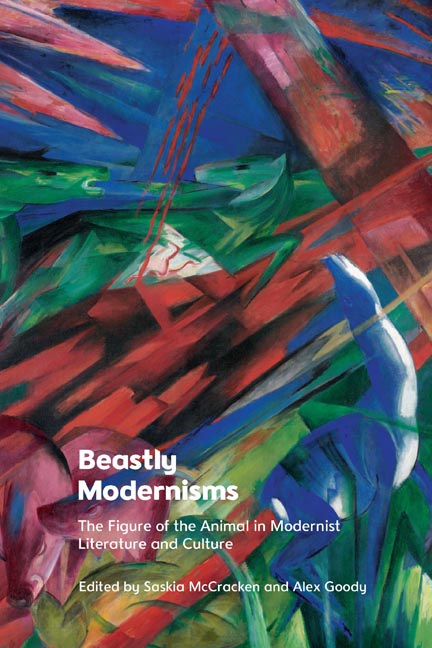Book contents
15 - The Modernist Jellyfish
Published online by Cambridge University Press: 21 October 2023
Summary
In December 1999, the Filipino island of Luzon, home to 40 million people, was suddenly plunged into darkness. As the hours passed, many began to suspect that a military coup was under way against the then President, Joseph Estrada, whose sharp decline in popularity during his first year in office had resulted in a tense and uncertain political atmosphere. Others blamed the blackout on an early outbreak of the millennium bug, an anticipated computer system flaw that caused widespread global panic in the final months of 1999. In actual fact, the power cut was caused by another bug in the system – namely, an influx of creatures dubbed the cockroaches of the sea (Stone 2011). With rumours of sabotage swirling, the government issued a statement explaining that a swarm of jellyfish had been sucked into the cooling system of a major power station north of Manila, causing the island’s entire electricity grid to shut down. Seven hours and fifty truckloads of jellyfish later, power was finally restored.
This act of industrial vandalism will be familiar to anyone acquainted with reports of the so-called jellyfish apocalypse, or ‘jellygeddon’. In recent years, jellyfish have frequently been cast as the ‘durable and opportunistic inheritors’ (Giggs 2018: n.p.) of marine ecosystems that are suffering from the effects of overfishing, eutrophication, acidification, habitat modification and species translocation (Richardson et al. 2009; Gershwin 2013). Vast blooms of jellyfish – such as those that immobilised the nuclear aircraft carrier the USS Ronald Reagan in 2006 – have been interpreted by some scientists as a sign of impending ecological collapse, prompting visions of future seas teeming with gelatinous life forms and very little else. As Rebecca Giggs notes, images of a sea gummed up with the bodies of jellyfish (‘transformed into something like an aspic terrine’) appear to signal a return to ‘the ocean of pre-history’ – a reversion of life to the ‘primordial soup’ (Giggs 2018: n.p.).
We might read these jellyfish blooms as a form of atavistic symptom, the resurfacing of the slimy evolutionary past that modern society had sought to expunge from itself, but which returns once more to clog up its inner workings. We might even be tempted to celebrate these cnidarian invaders as a force capable of arresting the industrial systems that have manufactured the present environmental crisis.
- Type
- Chapter
- Information
- Beastly ModernismsThe Figure of the Animal in Modernist Literature and Culture, pp. 263 - 278Publisher: Edinburgh University PressPrint publication year: 2023



